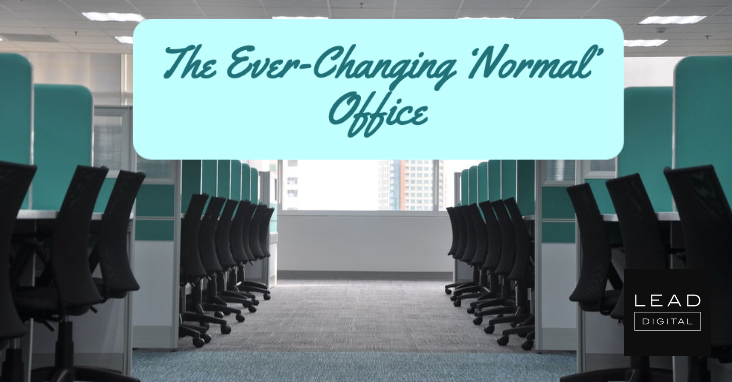 Inside the change to GetResponse becoming a remote-first company.
Inside the change to GetResponse becoming a remote-first company.
There is no new normal. The only thing that’s ever been normal is change.
Sometimes it’s subtle, spanning long stretches of time before anyone notices. Other times, it’s almost instant, extremely noticeable, and the change evolves right in front of our eyes. That’s when it’s harder to adjust, even as adaptable creatures.
“People are tied to their concepts,” said GetResponse CEO and Founder Simon Grabowski.
In three months, we’ve changed entirely. A huge decision that would have seemed dramatic before, now seemed like the next natural step forward as companies were forced to become remote-friendly when the coronavirus pandemic spread throughout the world.
In May, Grabowski and the company he founded from his parent’s attic (technically working remotely) more than 20 years ago, GetResponse, announced it’s changing from being a remote-friendly company and is now a remote-first company.
Bringing the future into the present: Boldly going remote-first
There was and still are a lot of challenges in doing so, but the move is dynamic and the company is providing resources, education and support to help employees establish a home office, even giving them freedom to literally work from anywhere they please (once such things such as travel are possible once again).
There’s a certain concept of working from home that sounds sexy — but we’ve never been able to test it. Then, you are essentially forced to do it in a week. From that point on, the lesson begun, and essentially we’ve been part of the biggest scientific clinical study since the inception of business.
Simon Grabowski, GetResponse CEO and Founder
Many questions still remain, at-large and inside the move to becoming a remote-first company. What is needed from the employer and the employee, what factors are there to consider and what are the intended and unintended effects? There is a lot of the backend to figure out from a HR and legal standpoint, how benefits and contracts will change, and how to ensure the mental and physical well-being of everyone involved.
Everything from the real estate market to office supply companies to construction and transportation are already and will continue to be impacted. As normal changes constantly, unanswered questions remain about the ongoing impact of the COVID-19 virus on people, and on business.
For instance, Google’s parent company Alphabet recently pulled out of deals that would have acquired more than 2 million square feet of office space, which impacts cities that counted on that physical infrastructure, and people working from home won’t just want typical office furniture, they’ll desire something that fits into what their home/office is.
Architecture firms are predicting an explosion of what Nena Martin, director of workplace at architecture giant Gensler, calls ‘Swiss army knife’ furniture that can be easily modified for multiple uses. There will be more ‘agile chairs’ with a small surface you can rest your computer on if you want to take notes during a meeting.
Courtney Rubin for the online publication Marker.
81% of GetResponse employees prefer a remote-first model
Laptops, cell phones, hot spots, Wi-Fi, cafes, accessible travel, a myriad factor added up to make made work agile, to make remote possible well before the current pandemic.
People had already evolved into remote-friendly work in a sense, checking emails on their phone, lugging laptops along on weekend trips to extend them by a day or two.
Now, businesses are doing the same.
Behemoth banking institution Morgan Stanley plans to have “less real estate” going forward, while Nationwide Insurance said they transitioned to a 98% work-from-home model. Could employees move to more affordable areas to live, therefore reciprocally bringing down rent prices in the more expensive cities?
The last 2-3 months, suddenly thousands upon thousands of companies are forced to work from home. When the lockdown finishes, a lot of them will not be eager to go back to work.
Simon Grabowski, GetResponse CEO and Founder
The change wasn’t made by the heads of GetResponse making a mandate and forcing employees to go remote. They conducted surveys, asked opinions, and they let us be a part of deciding the future of this company and of our own livelihoods.
And the statistics are bearing out that people, even as they cling to old norms and comforts, are actually quite OK with going to a new model as the standard.
When asked the question, “If you were to choose the work mode after Covid-19 pandemic, which way of work would you prefer for a long term: a) Working fully remote; b) Working in a hybrid mode; c) Working from the office”, the overwhelming majority — 65% — said they would prefer the hybrid model that allowed the majority of work to be done remotely. Another 16% chose the fully remote option. The winning hybrid model allows employees to choose the number of days spent working remotely, even 100% remote if desired, with the option to go to the office when wanted. – Read more



